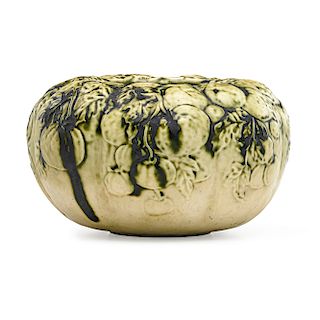Why Do Vases Sell for More Money Than Bowls?
Unless you’re selling gold ingots or diamonds, most fine objects don’t have intrinsic monetary value. So why would anyone pay tens of thousands of dollars for a Tiffany vase? To truly understand value, you have to understand the mindset of a collector.

Let’s start by comparing vases and bowls. To simplify this exercise, assume you have a bowl and a vase made of the same material (pottery or glass, for example) by the same company, the same year, decorated by the same artist or one of similar value, in the same condition, and even the same size, though one is measured in height and the other in width. We’re pretty much talking about the same piece with that one notable exception. Would the value really be different?
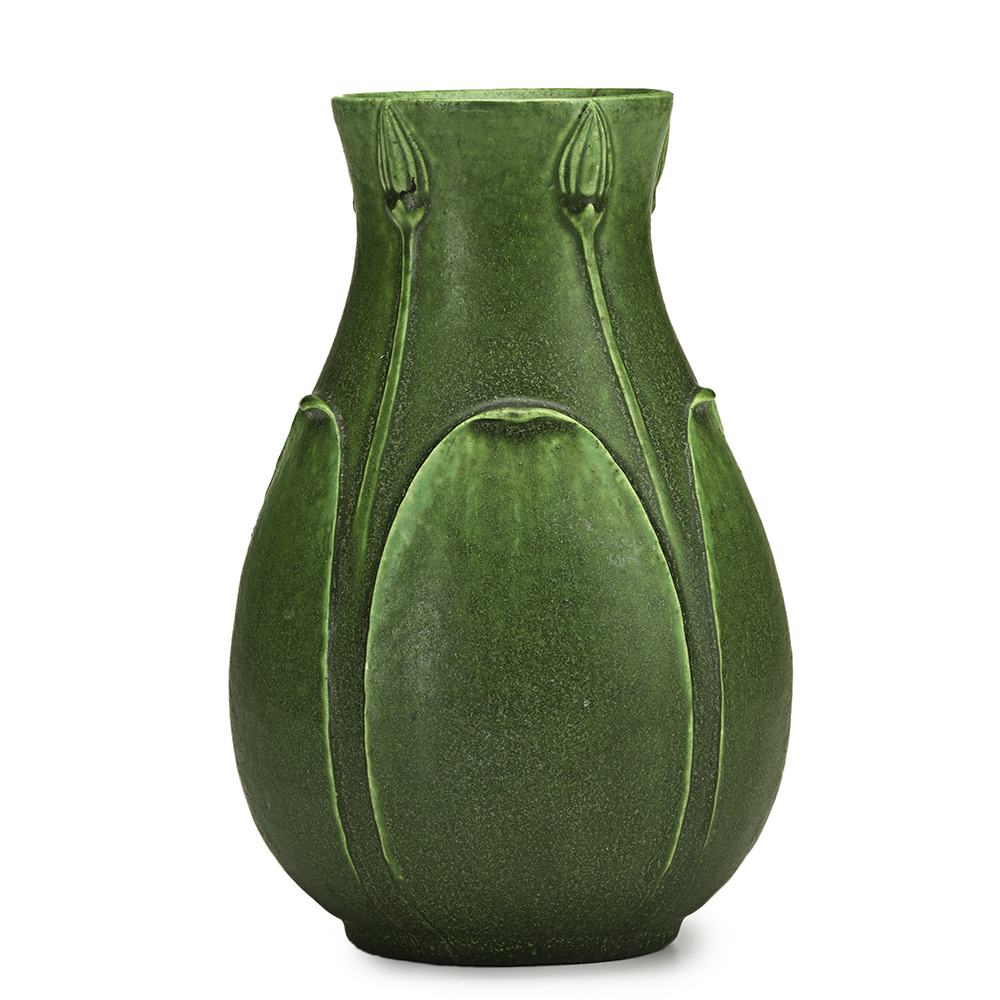
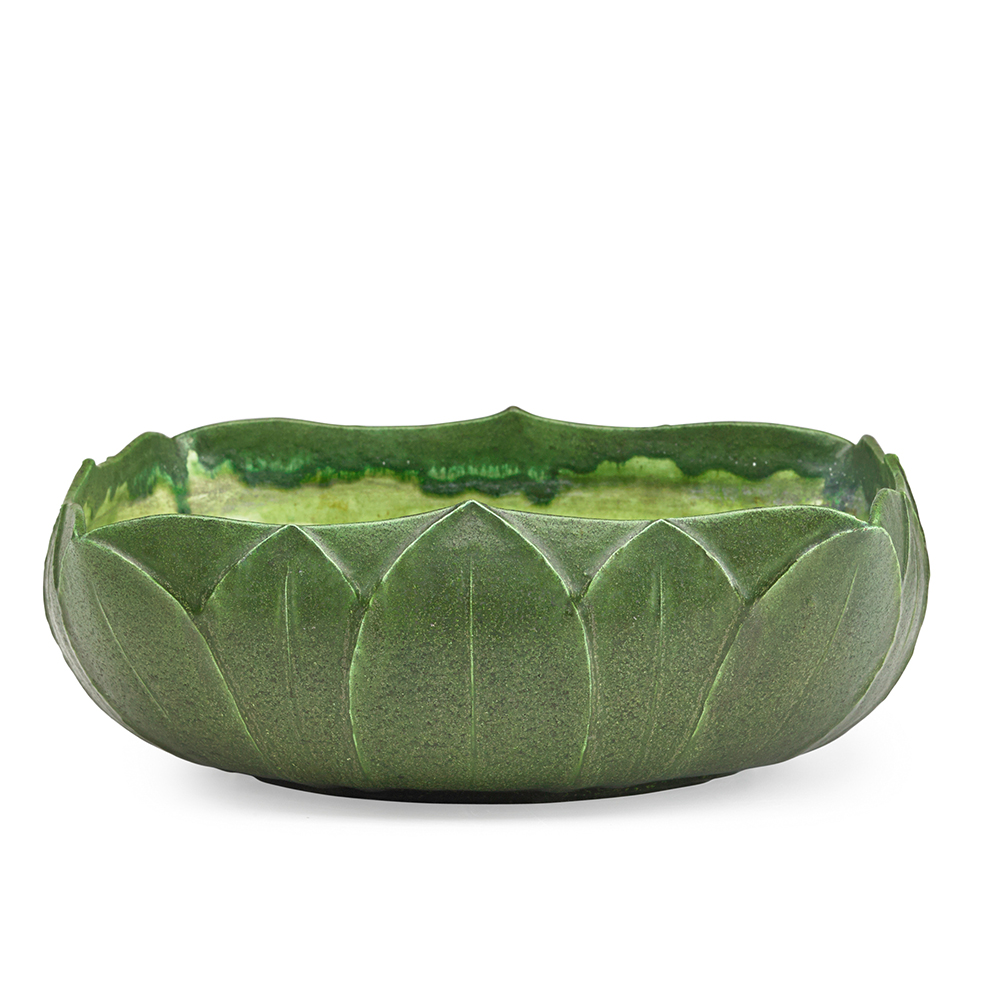
For starters, a bowl takes up nearly twice as much space on a collector’s shelf than a vase. Few people have unlimited yardage in their china cabinets or fireplace mantels, and many collectors eventually trade bowls for thinner works.
Second, and this is no small factor, a bowl doesn’t show off an artist’s work as well as a vase. If you don’t have a vase and a bowl sitting in front of you, envision how the vertical flow of the artistry is easier to read on a vase. Even if an artist “works with the form” when decorating a bowl, choosing a trailing vine or a lyrical floral design, the decoration has to wind around the bottom of the piece, at best rising just a few inches above the shelf.
Additionally, because most bowls flare as they rise, and since most light sources shine from above, the decoration on a bowl is usually not lit nearly as well as it would be on a vase form. A collector has to be very sensitive to lighting and placement to show off a bowl properly if for no other reason than this.
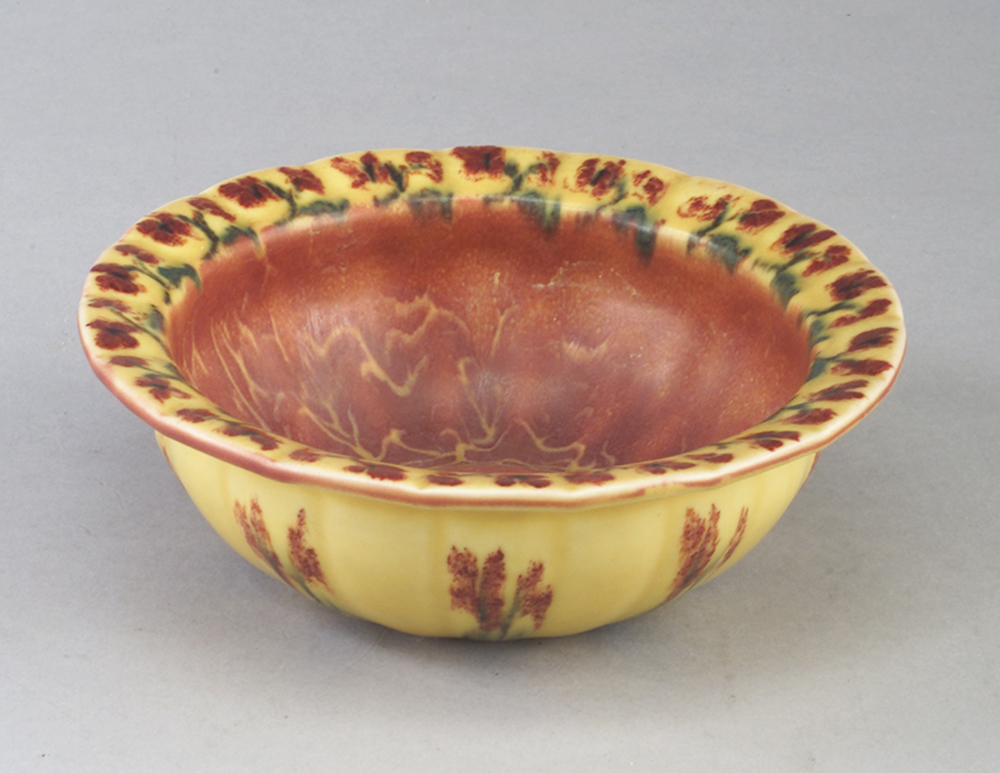
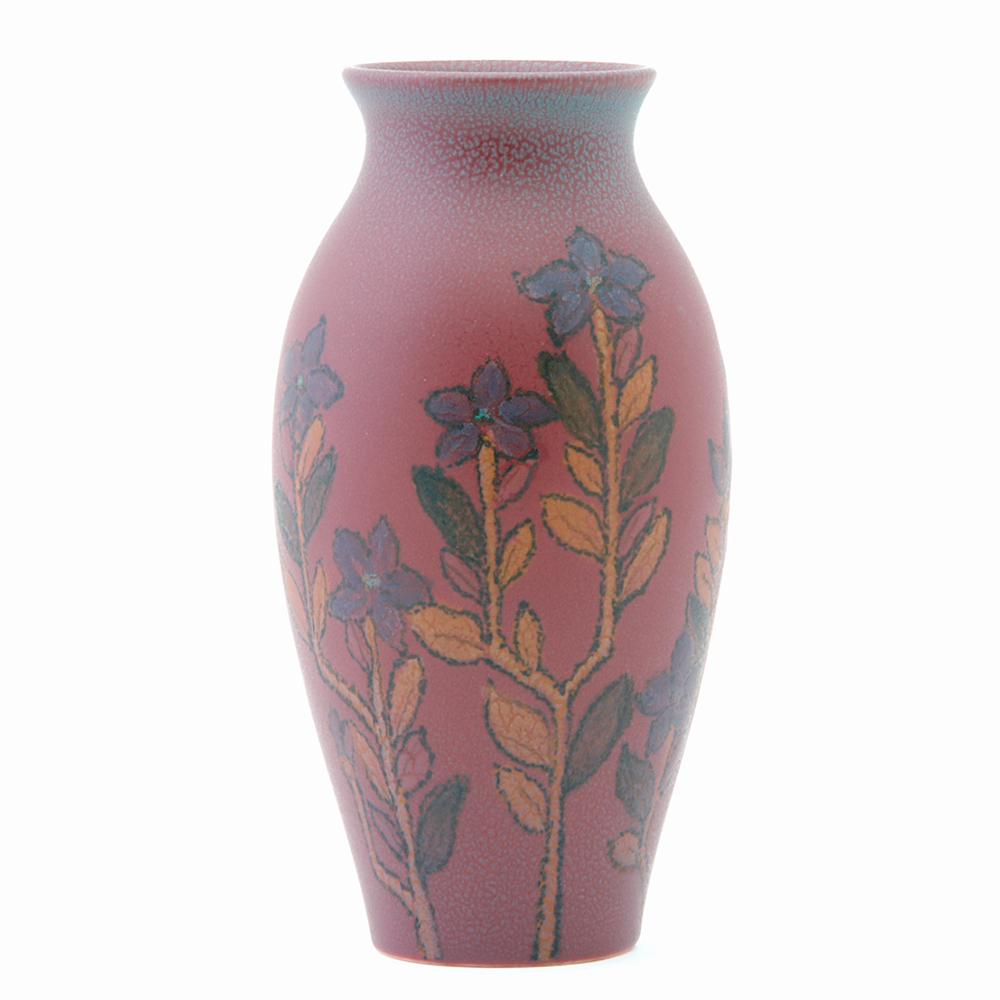
Finally, bowls are more easily damaged than vases. A blow from above will often glance off of a straight sided vase. But the shape of a bowl, broad and flat, will often absorb the same level of impact, resulting in a chip or a crack. And bowls are more often employed in a way that can increase the likelihood of benign neglect. How many people have you seen force narcissus bulbs in a vase? Bowls are often available with flower frogs for this express purpose. The safest place for a valuable pot is in a cabinet or a high shelf, not the dining room table.
Can you think of any other reasons why many collectors prefer vases? Or do you have a question about the value of a different type of object? Leave a comment and you may see your question covered in a future post.
- Rafael Osona Auctions' Modern & 19th Century Design From Nantucket Estates
- Quilts as a 2025 Design Trend: A Celebration of American Heritage and Craftsmanship
- A Celebration of Sports History and Collectibles
- The Thrill of Sports Memorabilia Auctions: A Collector’s Paradise
- Demystifying Coin Condition: A Guide to the Sheldon Grading Scale
- Snoopy & Friends: A “Peanuts” Auction at Revere
- Colorful Chinese Monochromes at Millea Bros
- 12 Holiday Gifts for the “Impossible to Buy For” on Bidsquare
- Alluring Art Objects and Accessories from the Estate of Chara Schreyer
- Kimball Sterling's One-Owner Outsider and Folk Art Collection Showcases Masters of the Unconventional



 EUR
EUR CAD
CAD AUD
AUD GBP
GBP MXN
MXN HKD
HKD CNY
CNY MYR
MYR SEK
SEK SGD
SGD CHF
CHF THB
THB



